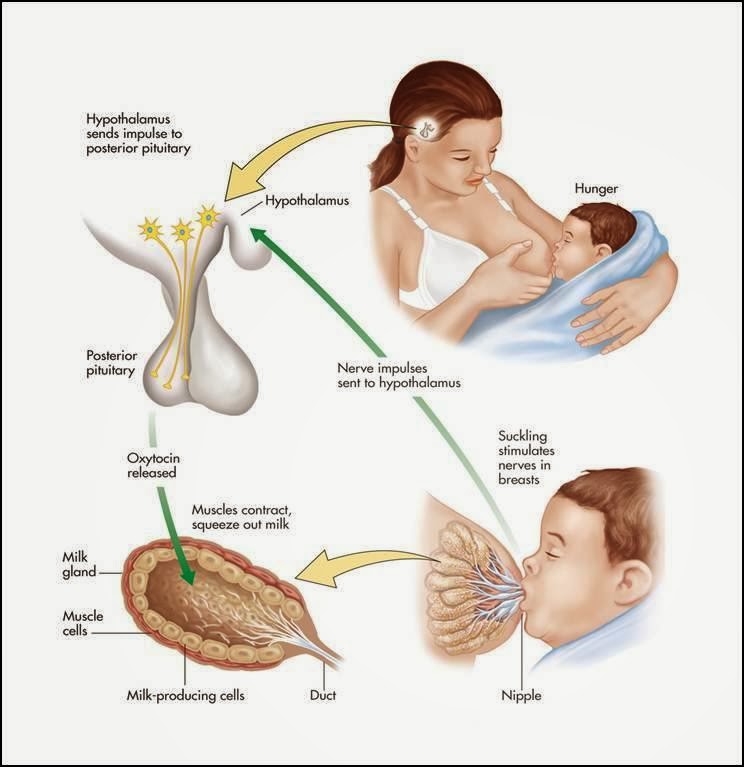2020-10-05 13:43:53
Prelude
Announcements
- Quiz 2 this Thursday, 10/8
- Blog post 1 (of 3) due this Thursday by 5:00 pm
Today’s Topics
- Reminder: Quiz 2 this Thursday, 10/7, Canvas 12p-6p.
- Hormonal communication
Warm-up
Black widow spider venom causes paralysis by impeding the normal function of which neurotransmitter system?
- Glutamate (Glu)
- GABA (GABA)
- Dopamine (DA)
- Acetylcholine (ACh)
Black widow spider venom causes paralysis by impeding the normal function of which neurotransmitter system?
- Glutamate (Glu)
- GABA (GABA)
- Dopamine (DA)
- Acetylcholine (ACh)
With one exception, the monoamine neurotransmitters bind to what type of receptors?
- ionotropic
- voltage-gated
- nicotinic
- metabotropic
With one exception, the monoamine neurotransmitters bind to what type of receptor?
- ionotropic
- voltage-gated
- nicotinic
- metabotropic
With one exception, the monoamine neurotransmitters bind to what type of receptor?
ionotropicvoltage-gatednicotinicACh binds to nAChR; ACh not a monoamine- metabotropic
The outward flow of this ion across the neural membrane creates what kind of PSP?
- Cl-; IPSP
- K+; IPSP
- Glutamate; EPSP
- GABA; EPSP
The outward flow of this ion across the neural membrane creates what kind of PSP?
- Cl-; IPSP
- K+; IPSP
- Glutamate; EPSP
- GABA; EPSP
The outward flow of this ion across the neural membrane creates what kind of PSP?
Cl-; IPSPOutward Cl- -> inside less negative == EPSP- K+; IPSP Make inside less positive
Glutamate; EPSPGlu not an ion; transported acrossGABA; EPSPGABA not an ion; transported across
Hormones
Hormones
- Chemical secreted into blood
- Act on specific target tissues
- Produce specific effects
Can a substance be a hormone AND a neurotransmitter?
- Yes, why not?
- No, absolutely not.
Can a substance be a hormone AND a neurotransmitter?
- Yes, why not?
- No, absolutely not.
Examples of substances that are both hormones and neurotransmitters
- Melatonin
- Epinephrine/adrenaline
- Oxytocin
- Vasopressin
Behaviors under hormonal influence
Behaviors under hormonal influence
- Ingestive (eating/ drinking)
- Fluid levels
- Na, K, Ca levels
- Digestion
- Blood glucose levels
Behaviors under hormonal influence

Behaviors under hormonal influence
- Reproduction
- Sexual Maturation
- Mating
- Birth
- Care giving
Behaviors under hormonal influence
Behaviors under hormonal influence
- Responses to threat/challenge
- Metabolism
- Heart rate, blood pressure
- Digestion
- Arousal
What do these behaviors have in common?
- Biological imperatives
- Events restricted in space and time
- Often involve other animals
Differences between neural and hormonal communication
- Point to point vs.“broadcast”
- Wider broadcast than neuromodulators
- Everywhere in body via bloodstream
- Fast vs. slow-acting
- Short-acting vs. long-acting
- Digital (yes-no) vs. analog (graded)
- Voluntary control vs. involuntary
Similarities between neural and hormonal communication
- Chemical messengers stored for later release
- Release follows stimulation
- Action depends on specific receptors
- 2nd messenger systems common
Where are hormones released
Where are hormones released?
- CNS
- Hypothalamus
- Pituitary
- Anterior
- Posterior
- Pineal gland
Where are hormones released
Where are hormones released?
- Rest of body
- Thyroid
- Adrenal (ad=adjacent, renal=kidney) gland
- Adrenal cortex
- Adrenal medulla
- Gonads (testes/ovaries)
Two hypothalamus/pituitary release systems
- Direct
- Indirect
Direct hormone release into bloodstream
- Hypothalamus (paraventricular, supraoptic nucleus) to
- Posterior pituitary
- Oxytocin
- Arginine Vasopressin (AVP, vasopressin)
Direct release
Indirect release
- Hypothalamus -> releasing hormones
- Anterior pituitary -> tropic hormones
- End organs
Indirect release
Case studies
Case 1: Responses to threat or challenge
- Neural response
- Sympathetic Adrenal Medulla (SAM) response
- Sympathetic NS activation of adrenal medulla, other organs
- Releases NE and Epi
Case 1: Responses to threat or challenge
- Endocrine response
- Hypothalamic Pituitary Adrenal (HPA) axis
- Adrenal hormones released
- Hypothalamus
- Corticotropin Releasing Hormone (CRH)
- Anterior pituitary
- Adrenocorticotropic hormone (ACTH)
Case 1: Responses to threat or challenge
- Adrenal cortex
- Glucocorticoids (e.g., cortisol)
- Mineralocorticoids (e.g. aldosterone)
Adrenal hormones
- Steroids
- Derived from cholesterol
- Cortisol
- increases blood glucose, anti-inflammatory
- negative consequences of prolonged exposure
- Aldosterone
- Regulates Na (and water) retention in kidneys
Case 2: Reproductive behavior – the milk letdown reflex
- Hypothalamus releases oxytocin into posterior pituitary
- Targets milk ducts in breast tissue
Milk letdown reflex

Oxytocin’s role
- Sexual arousal
- Released in bursts during orgasm
- Stimulates uterine, vaginal contraction
- Links to social interaction, bonding (Weisman & Feldman, 2013)
- Alters face processing in autism (Domes et al., 2013)
Oxytocin
References
Domes, G., Heinrichs, M., Kumbier, E., Grossmann, A., Hauenstein, K., & Herpertz, S. C. (2013). Effects of intranasal oxytocin on the neural basis of face processing in autism spectrum disorder. Biological Psychiatry, 74(3), 164–171. https://doi.org/http://dx.doi.org/10.1016/j.biopsych.2013.02.007
Weisman, O., & Feldman, R. (2013). Oxytocin effects on the human brain: Findings, questions, and future directions. Biological Psychiatry, 74(3), 158–159. https://doi.org/http://dx.doi.org/10.1016/j.biopsych.2013.05.026




.png)